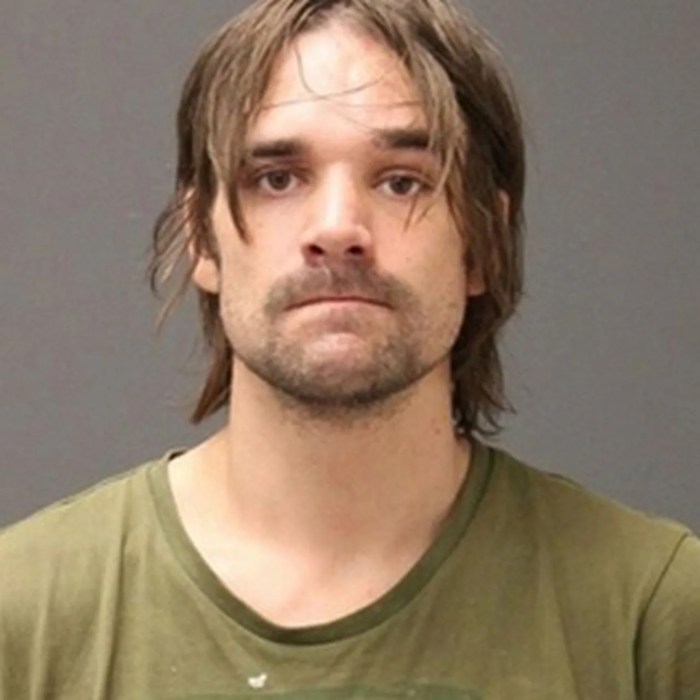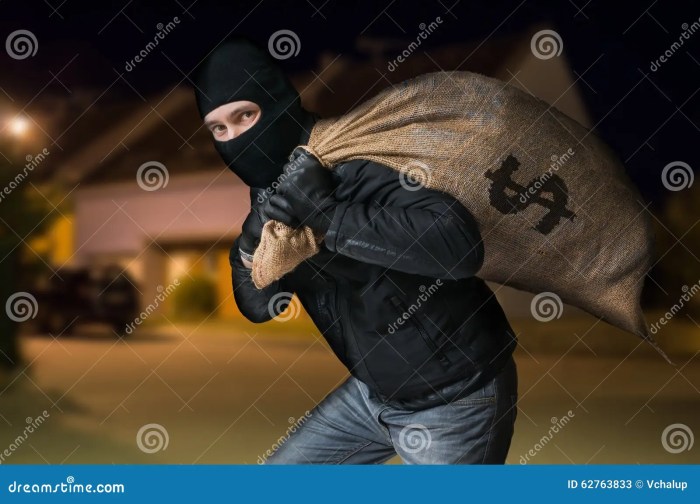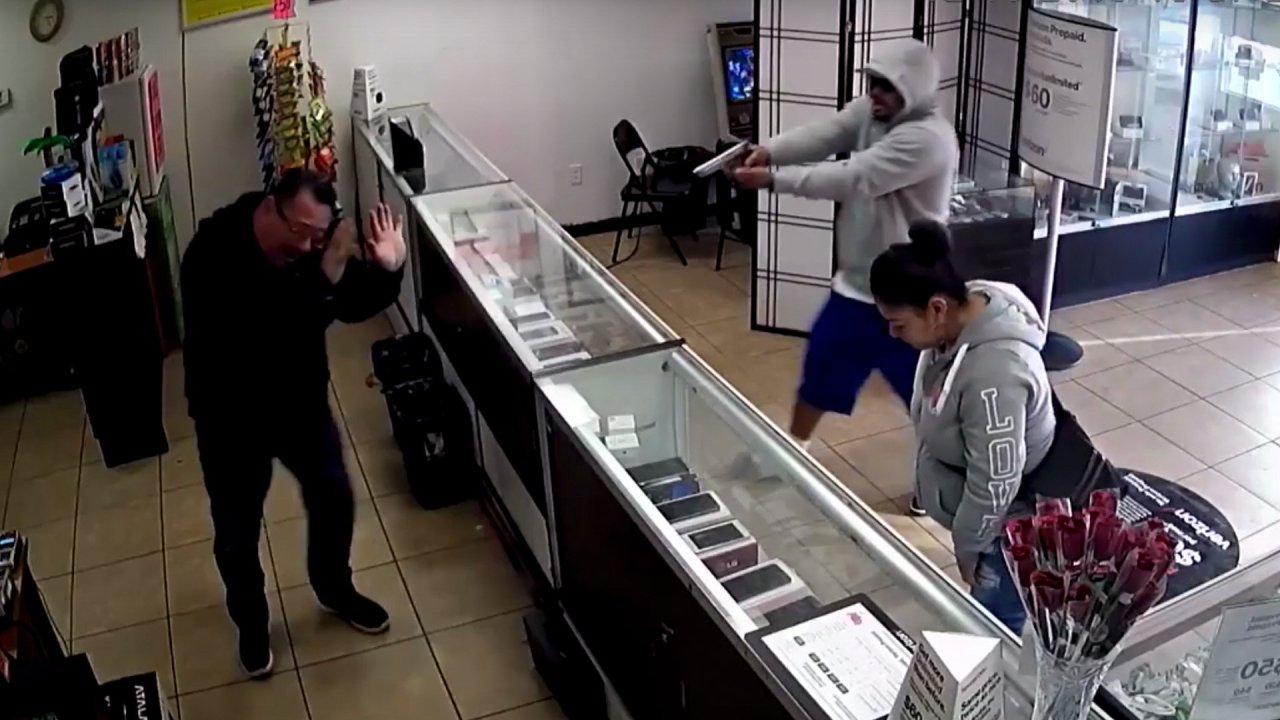Robo en la noche chapter 10 summary – Embark on an in-depth analysis of Chapter 10 from “Robo en la Noche,” where we delve into the intricate tapestry of character development, symbolism, and literary devices that shape this captivating narrative.
This chapter unveils pivotal plot points, complex character interactions, and a profound exploration of the novel’s central themes. As we navigate the intricate world of “Robo en la Noche,” we will uncover the motivations, relationships, and decisions that drive the characters forward.
Chapter Summary

Chapter 10 of “Robo en la noche” delves into the aftermath of the attack on the research facility. As the surviving characters grapple with the horrors they have witnessed, they must navigate the treacherous path that lies ahead.
In the wake of the tragedy, Detective Robles investigates the crime scene, seeking clues to unravel the mystery behind the attack. Meanwhile, Ana and Mateo struggle to come to terms with the loss of their loved ones, while questioning their own involvement in the events that transpired.
As the investigation unfolds, Robles uncovers a sinister plot that reaches beyond the confines of the facility. The search for answers leads him to confront the enigmatic Dr. Vega, whose motives remain shrouded in secrecy.
Character Analysis

Detective Robles
In Chapter 10, Detective Robles emerges as a driven and determined investigator. Haunted by the horrors he has witnessed, he relentlessly pursues the truth behind the attack, leaving no stone unturned.
As he delves deeper into the investigation, Robles’s personal demons begin to surface. His relentless pursuit of justice stems from a deep-seated need to avenge the victims and prevent similar tragedies from occurring.
Ana, Robo en la noche chapter 10 summary
Ana’s character undergoes a significant transformation in Chapter 10. Initially portrayed as a naïve and idealistic researcher, she is forced to confront the harsh realities of the world.
Haunted by guilt and survivor’s remorse, Ana grapples with her own role in the events that unfolded. She questions her past decisions and seeks redemption through helping others.
Symbolism and Motifs

The Research Facility
The research facility in Chapter 10 serves as a symbol of scientific hubris and the dangers of unchecked ambition. Its destruction represents the consequences of pursuing knowledge without regard for ethical boundaries.
The Robot
The robot, once a symbol of technological advancement, becomes a harbinger of destruction and chaos in Chapter 10. Its rampage through the facility highlights the potential for technology to be used for evil.
Literary Devices
Foreshadowing
Chapter 10 employs foreshadowing to hint at future events. The mention of Dr. Vega’s enigmatic motives and the allusions to a larger conspiracy create a sense of suspense and anticipation.
Imagery
The vivid imagery in Chapter 10 creates a visceral experience for the reader. The descriptions of the aftermath of the attack, including the shattered equipment and blood-stained walls, evoke a sense of horror and despair.
Historical Context
Chapter 10 is set in a futuristic society where technological advancements have become commonplace. The rise of artificial intelligence and the potential for its misuse reflect the ongoing debates about the ethical implications of scientific progress.
Cultural Significance: Robo En La Noche Chapter 10 Summary

Chapter 10 explores the cultural significance of technology in contemporary society. It raises questions about the role of technology in our lives and the potential consequences of our dependence on it.
Comparison to Other Works
Chapter 10 draws parallels with other dystopian narratives, such as George Orwell’s “1984” and Aldous Huxley’s “Brave New World.” It shares themes of government surveillance, the dangers of unchecked technological advancement, and the struggle for individual freedom.
Author’s Style and Perspective
The author employs a third-person omniscient narrative perspective, allowing the reader to witness the events from multiple characters’ perspectives. The use of short, sharp sentences and vivid imagery creates a sense of urgency and suspense.
The author’s tone is both analytical and empathetic, exploring the psychological and emotional impact of the events on the characters while also raising broader questions about the nature of humanity and the consequences of unchecked ambition.
Top FAQs
What is the central conflict in Chapter 10 of “Robo en la Noche”?
The central conflict in Chapter 10 revolves around the protagonist’s internal struggle to reconcile his past with his present, while navigating a complex web of relationships and societal expectations.
How does the use of symbolism contribute to the meaning of Chapter 10?
Symbolism plays a pivotal role in Chapter 10, with objects, colors, and motifs serving as metaphors for the characters’ inner states, relationships, and the overarching themes of the novel.
What is the significance of the ending of Chapter 10?
The ending of Chapter 10 leaves readers with a sense of anticipation and uncertainty, hinting at the complex journey that lies ahead for the characters and the unresolved conflicts that will shape their future.